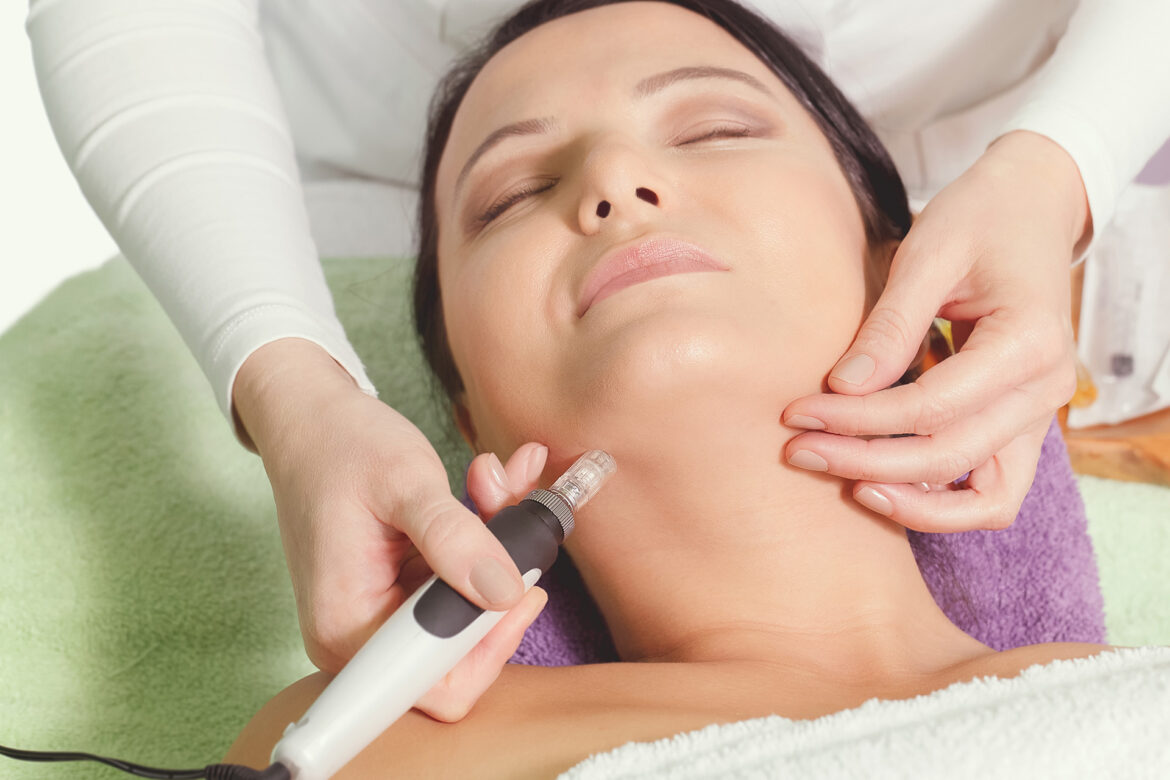Acne can cause various skin issues, from mild irritation to severe problems that may impact self-confidence and appearance.
Finding the best acne treatment doesn’t have to be complicated. Working with the right skin specialist can quickly narrow down the best healthy, glowing skin options.
If you are prone to breakouts, a chemical peel may be an option. It is effective for treating acne and offers many other benefits, such as the ability to remove specific scarring or reverse some signs of aging.
Are you curious about this procedure? We’ve outlined the science behind chemical skin peeling to treat acne scarring. Keep reading below!
What is a Chemical Peel?
Chemical peels are painless cosmetic treatments that use botanical and physician-approved acids, such as alpha-hydroxy acids (AHAs), beta-hydroxy acids (BHAs), and trichloroacetic acid (TCAs). The chemical solution can be used to remove layers of dead skin cells damaged by the sun, surfaces with age spots, and discoloration.
As the damaged layers are removed, your skin will appear younger, plumper, and brighter.
How Chemical Peel for Acne Works

Acne refers to a condition in which hair follicles become clogged with oil or dead skin cells, which may lead to whiteheads, blackheads, and pimples.
Acne is often caused by excessive oil production in the skin (sebum), clogged pores, inflammation, hormonal changes, and bacteria.
Along with these common skin problems, most chemical peeling procedures can remove dead skin cells, which may reduce your chances of developing or making your acne severe in the long term.
Chemical peels offer many other benefits beyond treating acne. For many decades, chemical peels have been used for active acne vulgaris and other skin conditions. In 2018, researchers reviewed 12 chemical peel trials to treat acne. They concluded that facial skin tolerates the peels well and effectively treat mild to moderate acne.
Chemical peels are available at different depths (superficial, medium, and deep peels). Your skin type, history of acne, and desired results will determine which chemical peel is best for you.
There are three types:
- Superficial Chemical Peels. Superficial chemical peeling only penetrates the epidermis, the outermost layer of your skin.
- Medium-depth Chemical Peels. Medium-depth peels penetrate the outer and middle layers.
- Deep Chemical Peels: Deep peels use stronger chemicals to remove the dermis, the middle layer of skin, and any damaged cells. This type of peel requires consultations after the treatments to check the skin.
These ingredients are some of the most effective chemical peels:
- Glycolic acid
- Salicylic acid
- Lactic acid
- Mandelic acid

